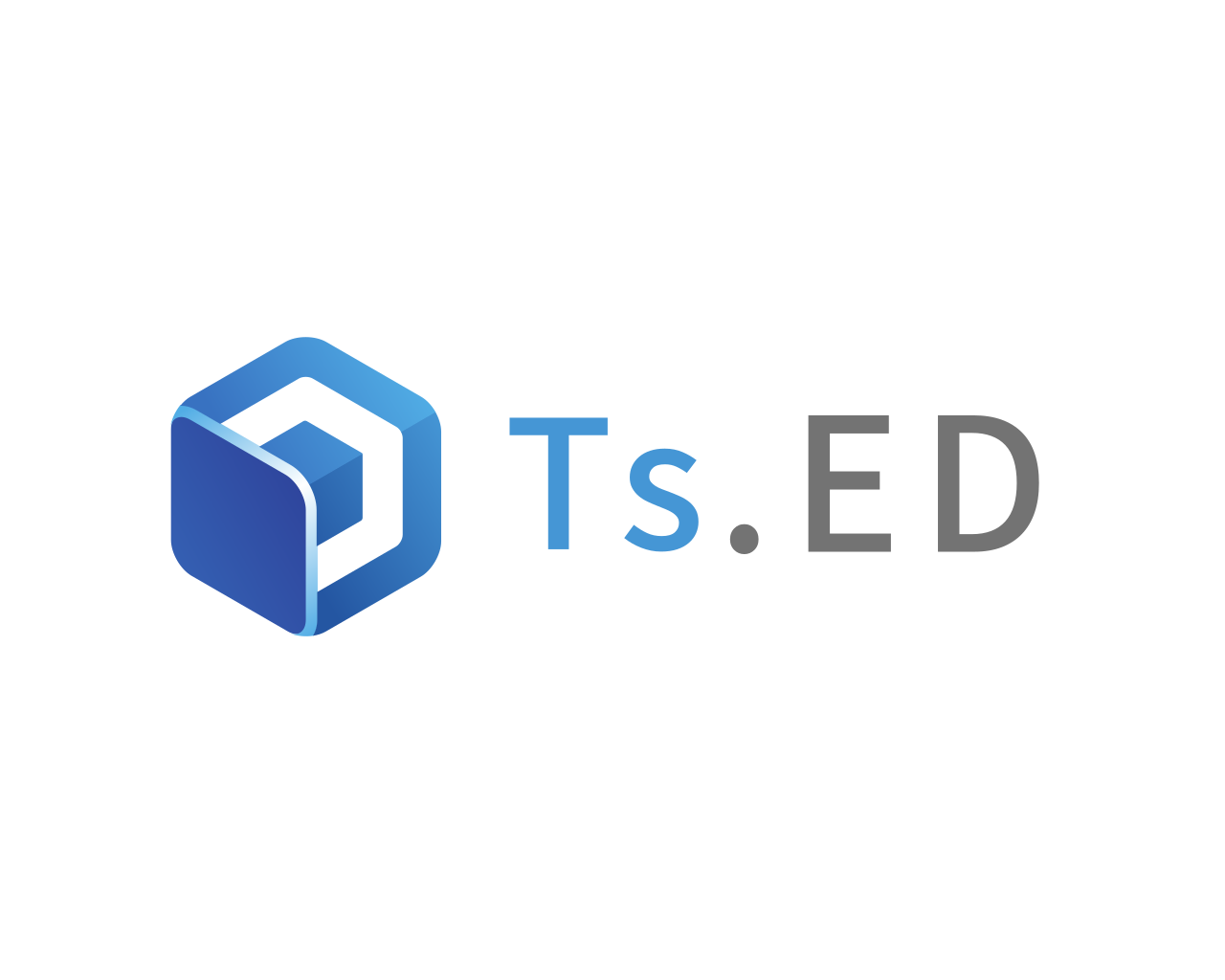Package Exports
- @tsed/logger-pattern-layout
Readme
@tsed/logger-pattern-layout
Pattern layout module for @tsed/logger.
Features
- Configurable log message layout/patterns
- Support for padding and truncation
- Custom tokens and context values
- Colored output blocks
Installation
npm install @tsed/logger-pattern-layoutUsage
import {Logger} from "@tsed/logger";
import {PatternLayout} from "@tsed/logger-pattern-layout";
const logger = new Logger("loggerName");
logger.appenders.set("stdout", {
type: "stdout",
layout: {
type: PatternLayout,
pattern: "%d %p %c %m%n"
},
level: ["debug", "info", "trace"]
});
logger.info("Hello world");Will produce the following log output:
2023-08-04 11:46:00.123 INFO loggerName Hello worldPattern Format
The pattern string can contain any characters, but sequences beginning with % will be replaced with values taken from the log event and other environmental values.
Format for specifiers is %[padding].[truncation][field]{[format]} - padding and truncation are optional, and format only applies to a few tokens (notably, date).
Example: %5.10p - left pad the log level by 5 characters, up to a max of 10.
Available Fields
%r- time in toLocaleTimeString format%p- log level%c- log category%h- hostname%m- log data%j- log data as JSON%d- date, formatted - default isISO8601, format options are:ISO8601,ISO8601_WITH_TZ_OFFSET,ABSOLUTE,DATE, or any string compatible with the date-format library. e.g.%d{DATE},%d{yyyy/MM/dd-hh.mm.ss}%%- for when you want a literal%in your output%n- newline%z- process id (from process.pid)%x{[tokenname]}- add dynamic tokens to your log. Tokens are specified in the tokens parameter%X{[tokenname]}- add values from the Logger context. Tokens are keys into the context values%[- start a colored block (color will be taken from the log level)%]- end a colored block
Custom Tokens
User-defined tokens can be either a string or a function. Functions will be passed the log event, and should return a string.
import {Logger} from "@tsed/logger";
import {PatternLayout} from "@tsed/logger-pattern-layout";
const logger = new Logger("loggerName");
logger.appenders.set("stdout", {
type: "stdout",
layout: {
type: PatternLayout,
pattern: "%d %p %c %x{user} %m%n",
tokens: {
user: (logEvent) => AuthLibrary.currentUser()
}
},
level: ["debug", "info", "trace"]
});
logger.info("User action");Logger Context
You can also use the Logger context to store tokens and use them in your layouts.
import {Logger} from "@tsed/logger";
import {PatternLayout} from "@tsed/logger-pattern-layout";
const logger = new Logger("loggerName");
logger.appenders.set("stdout", {
type: "stdout",
layout: {
type: PatternLayout,
pattern: "%d %p %c %X{user} %m%n"
},
level: ["debug", "info", "trace"]
});
logger.context.add("user", "charlie");
logger.info("User logged in");This would output:
2023-08-04 11:46:00.123 INFO loggerName charlie User logged inNote that you can also add functions to the Logger Context, and they will be passed the logEvent as well.
License
The MIT License (MIT)
Copyright (c) 2016 - 2023 Romain Lenzotti
Permission is hereby granted, free of charge, to any person obtaining a copy of this software and associated documentation files (the "Software"), to deal in the Software without restriction, including without limitation the rights to use, copy, modify, merge, publish, distribute, sublicense, and/or sell copies of the Software, and to permit persons to whom the Software is furnished to do so, subject to the following conditions:
The above copyright notice and this permission notice shall be included in all copies or substantial portions of the Software.
THE SOFTWARE IS PROVIDED "AS IS", WITHOUT WARRANTY OF ANY KIND, EXPRESS OR IMPLIED, INCLUDING BUT NOT LIMITED TO THE WARRANTIES OF MERCHANTABILITY, FITNESS FOR A PARTICULAR PURPOSE AND NONINFRINGEMENT. IN NO EVENT SHALL THE AUTHORS OR COPYRIGHT HOLDERS BE LIABLE FOR ANY CLAIM, DAMAGES OR OTHER LIABILITY, WHETHER IN AN ACTION OF CONTRACT, TORT OR OTHERWISE, ARISING FROM, OUT OF OR IN CONNECTION WITH THE SOFTWARE OR THE USE OR OTHER DEALINGS IN THE SOFTWARE.
